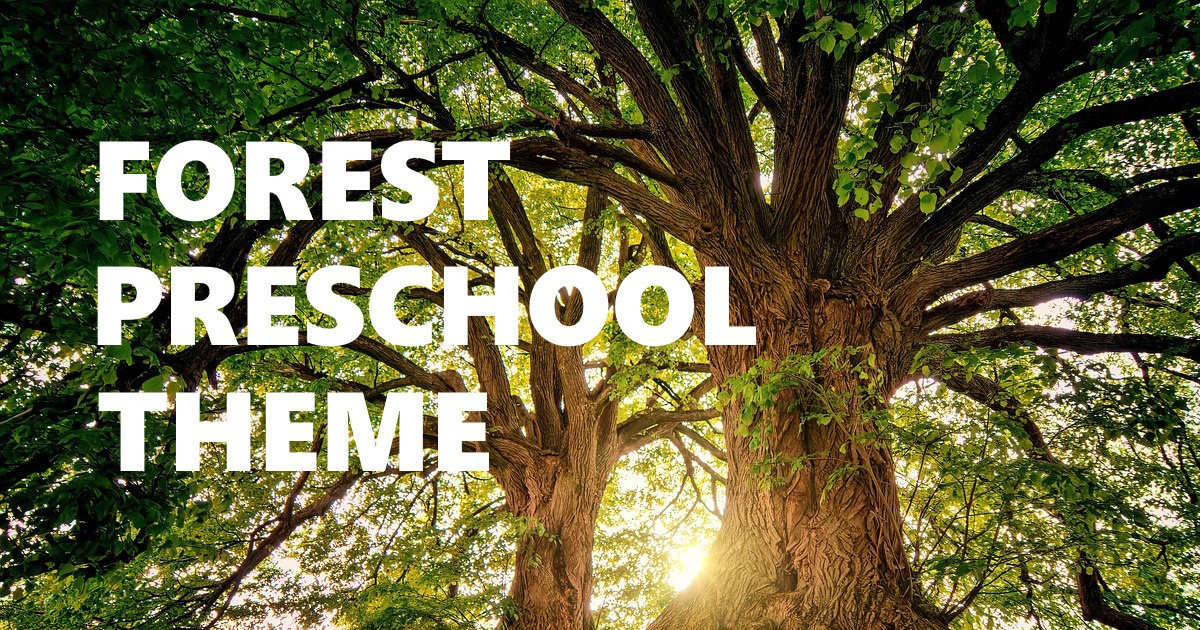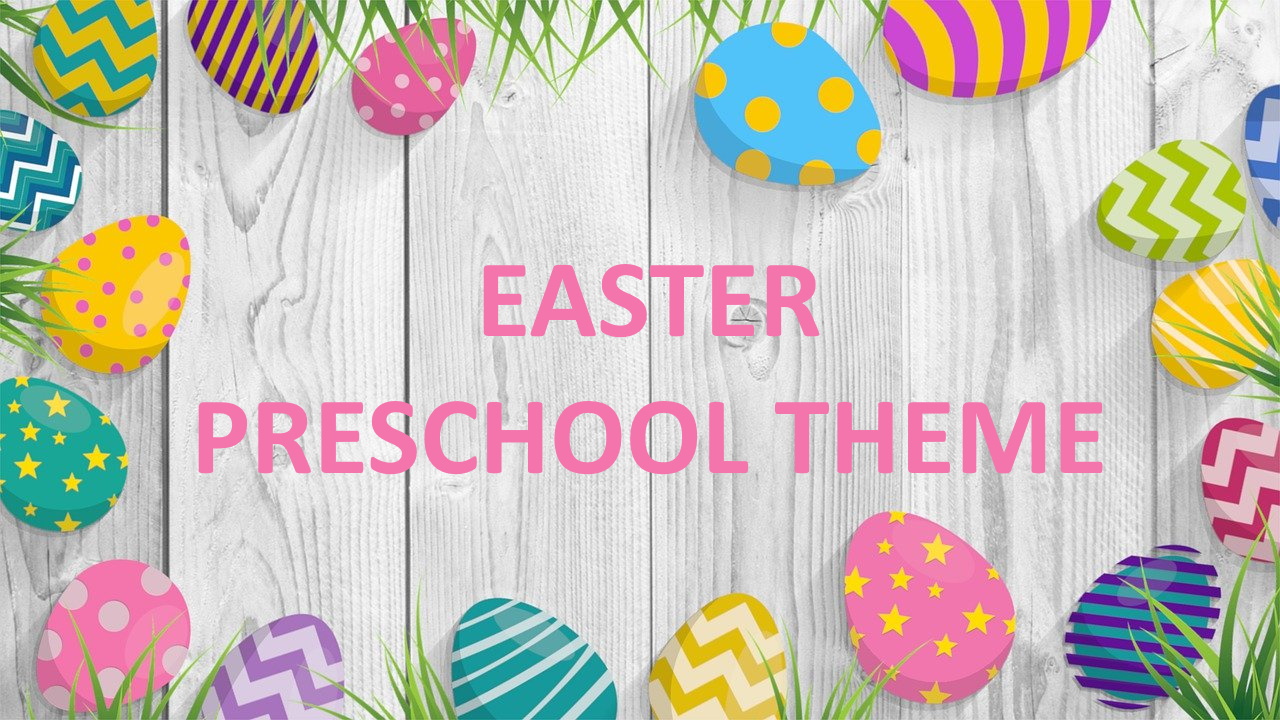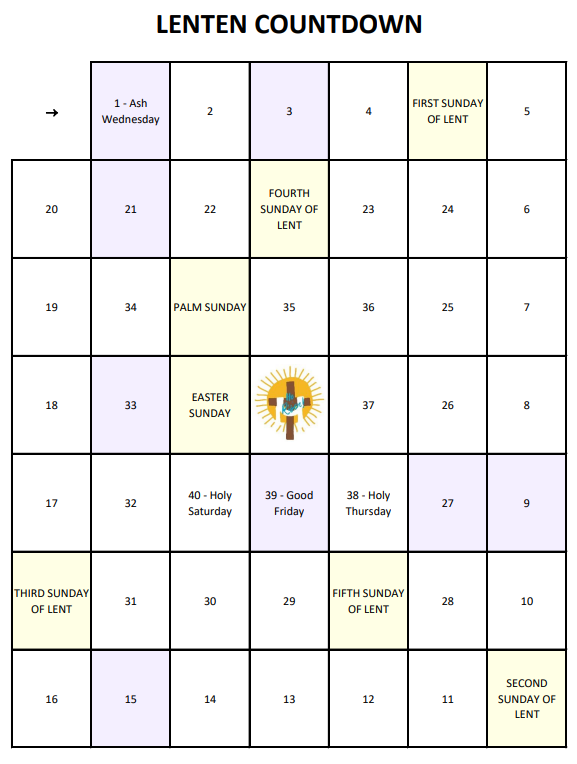A fun way for kids to find their Easter baskets!!
Every year, we come home from Easter Mass and my kids go on a mad race to find their Easter baskets. It starts with an egg filled with a clue on the kitchen counter, and they run from clue to clue until their Easter basket is found. More detailed instructions are found in this video
How many Easter eggs?
You can do this hunt for kids of all ages, but the hunt may vary a bit. For example, babies up to 2 years might only have between 1 and 4 eggs with clues, and the clues will be very straight forward – ‘dishwasher’, ‘bed’, ‘couch’. The clues are simple, very near each other, and have an adult help them.
Once they get a little older, that 2-3 age range they might advance to 6 clue eggs. The clues will still be pretty straight forward – you could go completely simple like the 2 and under age, or you could take it up a notch by doing a clue like: “where you sleep”. They will still need adult help!
As the age increases the egg clue count and clue difficulty can increase. For 4-5 year olds, think about maybe 8 clues, for 6 and above you could do 10 and increase the difficulty in clue and where you hide them as they get older. My mom was still doing an Easter basket scavenger hunt for us when we were in high-school, and I can tell you it is still one of my fondest Easter memories to this day.
Some example Easter basket scavenger hunt clues
Easier Clues for 2-4 year olds
- Where you sleep at night (bed)
- Look where you’d store the thing you use to cook an egg (pot/pan drawer)
- Where you go to watch your favorite show (couch)
- Where you get buckled up (car seat)
- Mom and dad go here to let coffee flow, but I prefer hot cocoa (coffee bar)
- Milk, eggs, yogurt, cheese and more are kept cool here (refrigerator)
- Where you would find your crayons (art supplies)
- A special place where only your toys belong (toy box)
- Where mom and dad sleep (parents bed)
- Where you get your underwear (drawers)
Harder clues for 5-7 year olds
- I have prongs and help you to eat, I also help you keep your hands neat (utensil drawer)
- I cook things really fast in here, when it’s done a beep you will hear (microwave)
- If you open me up you’ll feel the heat, I often cook things on a baking sheet (oven)
- Scrub your head, scrub your toes and everywhere in between, when you get out of me you’ll feel squeaky clean (tub or shower)
- Some nights I count sheep, in the place where I go to sleep (bed)
- First you throw your clothes in a bin, then it’s my job to make them spin (washer/dryer)
- Mama sits here to do her work, but I also like to go there to draw my artwork (desk/office)
- Add some dish soap and pick my mode, and open me up to load and unload (dishwasher)
- If I want my room to look nice and clean, I put my clothes here where they won’t be seen (closet)
- It’s always fun to go outside, put on your helmet and jump on me to ride (bicycle)
The riddles or clues can get even harder for 8 years and up. I don’t have that age kids yet, so I haven’t come up with any example clues, but I bet you could find some with a quick Google search if you need some ideas!
Setting up the Easter scavenger hunt
For more in depth steps, make sure to watch this video
- Write out your clues
- Organize them in the order you want them to be hunted. I like to send my kids all over the place, from one end of the house to the other, from the top of the house to the bottom (unless their babies, then they get clues right next to each other). When you have them in the order you want, keep this as a master list. A master list is key for a quick set up of the hunt and also for if someone gets confused during the hunt and needs a little help in course correction.
- Write out (or print) the clues on paper and cut them out into strips, making sure to write the clue number lightly on the back. If you have multiple kids doing the hunt, make sure to label their first initial as well as the clue number to keep yourself from getting confused later on
- Get some Easter eggs, and start stuffing the clues inside the eggs, labeling each egg with a sharpie with the first initial and clue number as well
- As you stuff and label the clues, organize them into different bags according to the levels in your house. This will make it easier for you when hiding all the eggs. For me, I have 4 bags – 2nd floor, 1st floor, basement & outside.
- Using your master list, go around your house and place the Easter eggs where they should be hidden. Remember that you will be working 1 clue backward from your master list – so clue 1 will be handed to your child, clue 2 egg will be placed in the place that answers riddle 1. So for example, clue 1 says “go where you keep your food cold”. That clue will be given to your child to start the hunt, clue to will go in the refrigerator, then so on and so on with the rest of the clues.
- Hide the Easter basket in the place where the last clue tells them to go. Make sure that it is hidden enough so that they don’t accidently see the Easter basket when hunting for the other clues.
- Hand them their first clue and send them on the hunt!!
At my house, we do the basket hunt as soon as we get home from Easter Mass. The night before, when the kids are sleeping, I will set up most of the hunt, leaving only the starting eggs and the baskets to be set. Then on Easter morning, as we are heading out for Mass, my husband will take them to the car, and when they are out the door, I will quickly go hide the Easter baskets and set the starter eggs in a bowl on the kitchen counter. When we come in the door after Mass the kids see the Easter eggs on the counter, scream in excitement, and start their hunt!!!
When they have all found their Easter baskets, we sit around and go through them, and when they are distracted, Dan sneaks out and lays out the eggs outside for the Easter egg hunt.
I hope this makes sense! Again, watch my Easter scavenger hunt video, that might clear up some questions. Happy Easter!
More Easter Content:
Kids Easter Baskets ’23 (6,3,1.5y): https://youtu.be/6adc1sdX-rc
Kids Easter Baskets ’22 (5y, 2y, 9m): https://youtu.be/RWYsnmaoXMU
Kids Easter Baskets ’21 (4y, 1.5y): https://youtu.be/YAsm84GD5oE
Kids Easter Baskets ’20 (3y, 6m): https://youtu.be/VpsGVqwn6Z8
This years Easter crafts: https://youtu.be/uDlb4hOaEmw
More Easter crafts: https://youtu.be/QfNtNM6VgCM
Easy Easter crafts: https://youtu.be/3tdhBTtIkis







